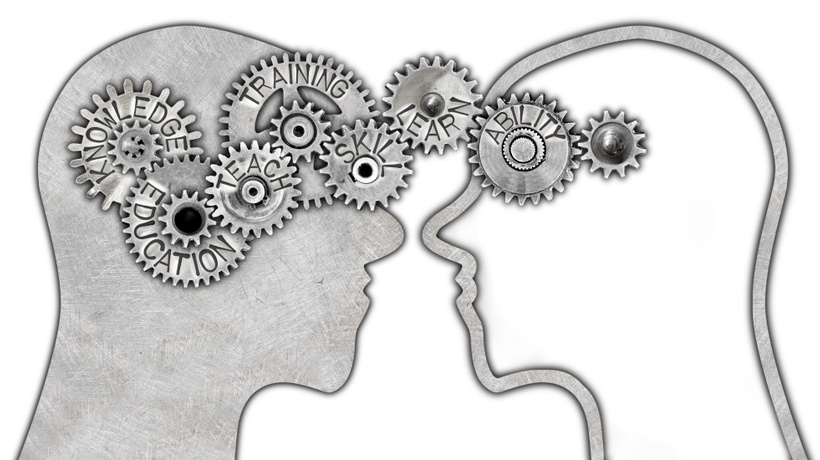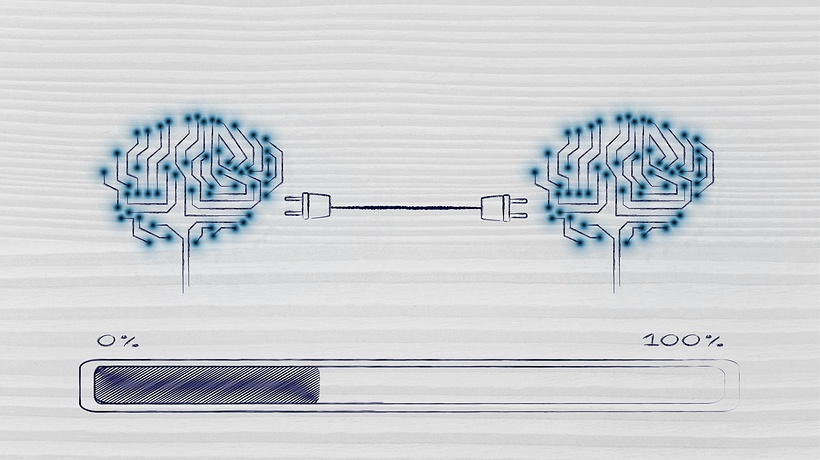How To Improve Learning Transfer And Retention Before, During, And After Training
Do the participants in your training program effectively apply what they learn to their day-to-day activities? This may be the single most fundamental question every eLearning professional should ask about current training efforts and programs. If you are spending valuable time and resources on employee training, but learners do not apply (and even forget) what they learned during that training, then why continue wasting those resources? On the other hand, as a Learning and Development specialist, you want to prove that your efforts are actually improving the performance of learners, and that they support current business goals and objectives. The ultimate goal of training should be to improve learning transfer and retention – to boost employee performance across an organization, and to drive better business results.
So how can we make that happen?
As you probably already know, there are three phases in every training experience: What happens before training, what happens during training, and what happens after training. We will refer to those as Pre-Event, Event, and Post-Event.
Here are a few tips to help you maximize the effectiveness of training in each of these phases.
Pre-Event: What Happens Before Training
From developing an Instructional Design strategy to building each training course, the work you do before training carries a lot of impact in transferring the learning to improved performance.
Alignment
First, you need to have a clear understanding of organizational goals and objectives. These goals need to be as specific as possible, so that they can be tied to training efforts.
Also, it’s important to conduct effective performance analysis to ensure the gaps in current performance and desired performance can be filled by training and development.
Many organizations fail to achieve clear alignment of business objectives to training because they are either trying to make a training solution apply to every business challenge, or failing to identify the metrics and measures of success for training.
Design
People learn best when they see a clear correlation between what they are learning and real life. Because of this, training should not be designed based upon organizational goals only, but with the learners’ needs in mind.
For instance, sales growth might be an organizational goal, and the skill gap might be as simple as negotiation techniques. If you offer a strategic sales training course, there will be no improvement. You need to think in terms of what skills gap needs to be filled in order to achieve organizational goals.
The length of the training course is another important factor. We know that modern learners are engaged when the information is delivered in a microlearning format, so make sure to keep your training short and to the point.
The Event: What Happens During Training
The actual training session plays a significant role in training transfer, but probably not in the way you would expect. The most critical element in the effectiveness of the training event is the Instructional Design – not the delivery.
Now if the delivery is just so bad that learners can’t pay any attention, the Instructional Design doesn’t matter at all. But if the presentation of the material is of high quality, the most influential element is the design.
For optimal learning, training experiences should be short and to the point. People learn better, retain, and apply more when they are given several different ways to learn, meaning that sometimes a blended learning approach might be more appropriate.
Whatever the case might be, you need to make sure that both your design and delivery are of high quality and help engage learners.
Post-Event: What Happens After Training
What happens after training is more important than what happens during training!
One of the great frustrations for us in the eLearning industry is the reality that people forget – a lot. Regardless of how much we invest and how hard eLearning designers work to create great training experiences, the fact remains that people forget.
Forgetting is a natural process. But recent scientific work has shown us ways that we can overcome the forgetting curve, and in turn, improve long-term ROI on training.
The use of quizzes, polls, games and other post-training reinforcement materials can significantly improve training efforts. When you provide learners with opportunities to go back to the learning material and reflect on what was learned, the brain reprocesses the information and “resets” the forgetting curve.
The science of learning tells us that in order to deliver an optimal learning experience, we need to establish a relationship with the learner.
It’s not about providing a single training session, but a complete training experience, where pre-training, training, and post-training activities are shaped to meet the primary goal – to ensure learning transfer.









